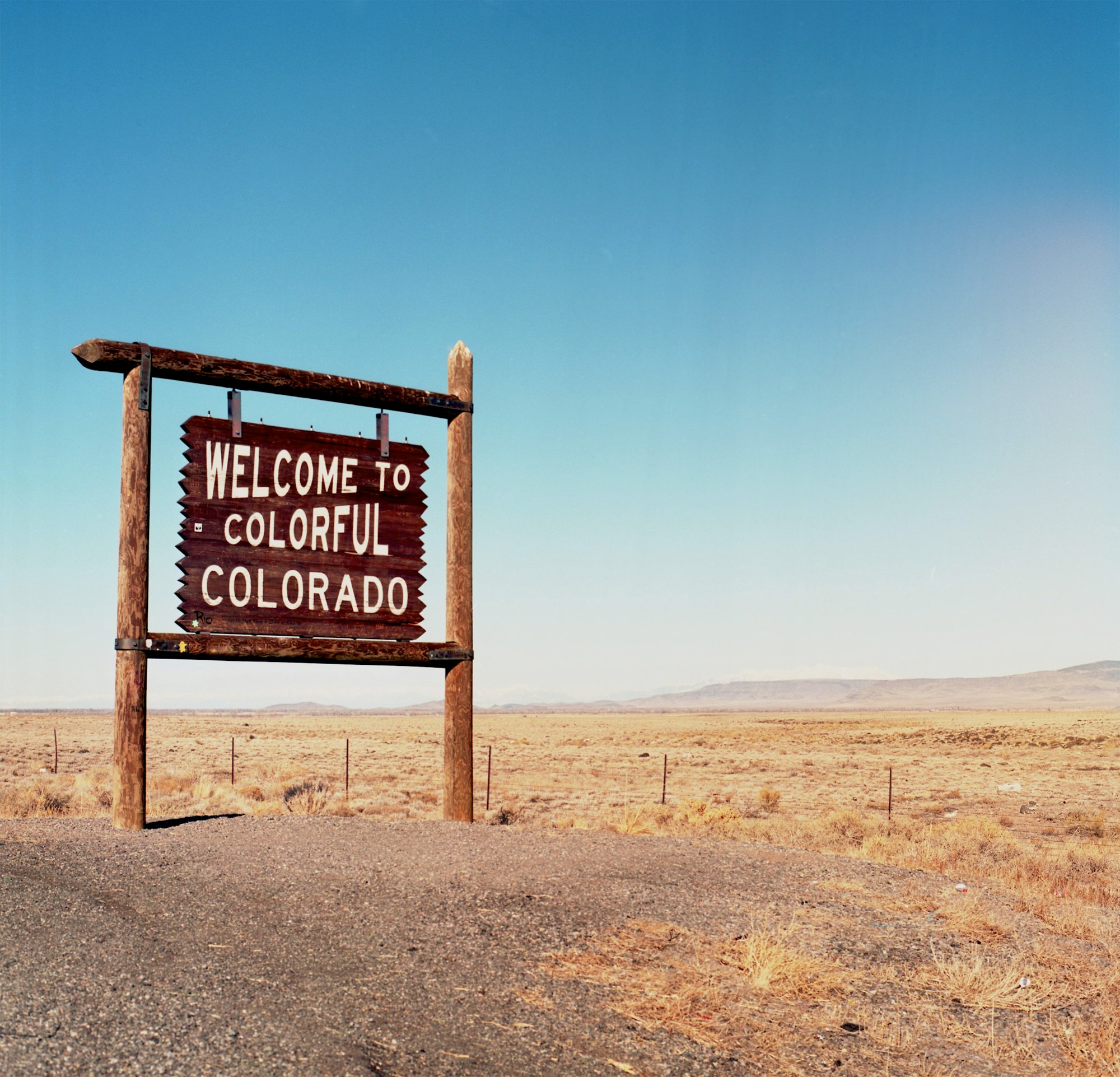The Lower 48
Since it's the end of the year, here's a quick wrap up of some things I've done in 2020.

Well, it's been nearly a year since my last post, and this update is long overdue. Back in May I returned to Colorado due to COVID-19, as I no longer have any in-person classes. It's been an interesting few months, and I've felt really busy while also not having a whole lot to do.
Some notable things that have happened since my last post:
- Spring semester at UAF transitioned to fully online for me, and I finished all my classes from my room in North Pole, Alaska.
- I returned to Colorado to live with family while school is fully online, and on the way visited quite a few places. Staring at FAI, I took a flight to ANC then to SEA. From there I took the bus system to the nearest Amtrak station, and rode down to Oregon City where I met up with family. From there we drove back to Colorado, making some stops along the way in Idaho and Utah. The trip from SEA to Oregon City is pretty much the most I've ever used public transport before, and it was interesting to see how it worked, especially with how few people were present due to COVID-19.
- I worked back at Boondocks for a short bit until school started up again. I really enjoy working there, and maintaining the bowling lanes is always something I enjoy.
- School resumed in August, and I started classes fully online.
These last eleven months have been hectic, and the dynamic of online learning and remote work has been difficult for me to get into. Having the separate learning and work environment makes a huge difference I've noticed, and though I agree with the precautions that are currently being taken, I do wonder what my motivation would be like if classes had been in-person.
The timezone offset has been another interesting thing to deal with, as now I'm two hours ahead of school and work in Alaska. In most cases this has been beneficial on my part (almost like I have an extra two hours in the day), but in others it's been frustrating (I can't speak during a video meeting for office hours at 11 pm because my family is sleeping).
This next semester in spring of 2021 all my classes will again be remote learning. One of my classes is a hardware lab for learning to write software that interacts with different sensors and micro controllers. The interesting thing for this lab is that normally the hardware would be something that you use at the school, but because of the remote learning environment, a kit will be mailed out to all students in the class. I'm pretty excited for this class, and look forward to what I might learn.
In current news, I'm starting to teach myself how to use Kubernetes, and might publish an article here relating to it soon. I'm considering moving my hosting to use Kubernetes, as I currently containerize all my applications but docker-compose for everything is getting a bit painful to manage for as many services I have (as well as needing to configure nginx individually every time, managing port mappings, making sure I have correct restart policies, …). It's my first deep dive into a system as advanced as it is, and though I've skimmed over some other systems (namely Saltstack) I think Kubernetes is a solution that works much better for me.
Since it's the end of the year, here's a quick wrap up of some things I've done in 2020
- 108177 minutes of music listened to on Spotify - that's over 75 days!
- 605 contributions on GitHub
- 158 days of server uptime (and counting)
- 7 states visited
- 5 Windows installs
- 2 Arch Linux installs
- 1 server reformat
As a quick note, I'm trying out a new newsletter format. Unfortunately signups are broken at the time of writing, but anyone else who is already signed up will get updates. Let me know what you think, and any feedback you might have.
I've gotten a few comments saying that the part of this post that spoke on Kubernetes was harder to understand for some. For those who are curious, Kubernetes is a program that helps you to set up and run applications on a server. It helps to keep everything running, balances demand for your apps across multiple servers (in case one breaks, another takes over the load), and can help you keep services separated. It's a bit difficult to explain to one who doesn't have experience with developing and deploying applications, but I hope that by learning to use it, deploying my projects and services will go a lot more smoothly.
